Yes—aluminum cookware is considered safe for home use, especially when you're using coated or anodized versions designed to prevent aluminum exposure. Still, many shoppers ask questions like “Is aluminum toxic when heated?” or “Are aluminum pans safe for cooking acidic foods?” If these are on your mind too, you’re not alone.
In this guide, we’ll explore whether aluminum cookware is safe for everyday use and what health concerns are backed by science. You'll also learn what to look for in the best aluminum cookware—so you can cook confidently and avoid unnecessary risks. Whether you’re buying your first nonstick pan or double-checking what's in your kitchen, this article offers practical answers.
What Makes Aluminum Cookware So Popular
Aluminum cookware remains one of the most widely used types of pots and pans in both home kitchens and professional restaurants—and for good reason. Known for its excellent heat conductivity, lightweight build, and affordability, aluminum is a top choice for cooks who want fast and even cooking results without the heavy weight of stainless steel or the high price tag of copper.
In fact, many restaurants—especially Italian kitchens where quick sauce reductions are key, or Indian restaurants where large-volume curries and stews are prepared daily—rely on aluminum cookware for its heat performance and practicality. When maintained properly, aluminum pans deliver fast cooking with minimal energy waste, making them a favorite for both busy households and commercial chefs.
This widespread use isn’t just tradition—it’s performance-driven. Aluminum’s quick heating ability allows for responsive temperature control, which is why it's often recommended for sautéing, frying, and simmering.
Is Aluminum Cookware Really Safe? Here's What I Found
Major health authorities confirm, WHO/EFSA report aluminum leaching <0.1mg/kg food in normal use, far below safety thresholds (EFSA limit: 1mg/kg body weight/week). Non-coated aluminum pots with acidic foods (tomato, citrus) spike leaching up to 76.93ppm—15× over EU limits (5ppm).
⚠️ 3 Proven Risks You Can’t Ignore
- Acidic foods → Leaching soars 15× (e.g., tomato sauce in bare aluminum pots).
- Scratched/damaged pans → Exposes raw metal, increasing contamination.
- Kidney patients & infants → Higher aluminum accumulation risk 36.
✅ Science-Based Solutions
- Switch pots for acidic recipes: Use stainless steel or ceramic.
- Replace pitted/scratched pans: Damaged coatings fail to block leaching.
- Choose hard-anodized or coated aluminum: Lab tests show ≥50% less leaching vs. bare aluminum.
🌐 New regulations (e.g., Washington’s SB 5628) enforce lead limits in aluminum cookware (≤10ppm by 2028).
💎 The Verdict & Daily Use Checklist
Modern aluminum cookware is low-risk when undamaged and used correctly. For complete peace of mind:
- 🛑 Avoid Acidic Foods – Cook tomatoes/citrus in stainless steel or ceramic.
- 🔍 Monthly Surface Check – Discard pans with deep scratches (exposed silver metal).
- 🌡️ Never Overheat Empty Pans – High heat damages protective layers.
- 🧼 Hand-Wash Only – Dishwasher salts corrode aluminum.
A Pan That Solves the Usual Aluminum Problems
At first glance, this nonstick frying pan set might look ordinary. It doesn’t have a bold design or shiny copper finish that grabs attention on the shelf. In fact, many people pass it by—unsure if a pan this understated could really deliver on performance.
But what most don’t realize is that this is one of the highest-rated and most quietly reliable nonstick pans for everyday cooking. It consistently receives glowing reviews and sees fewer post-sale issues than our any other pan—even among daily home cooks who use it heavily. The results speak for themselves.
What sets it apart is the thoughtful, layered construction: a tough, 3-ply aluminum steel body that heats quickly and evenly while remaining lightweight and durable. The surface features an innovative, stone-pattern nonstick coating that’s water-based, PFAS-free, and PFOA-free—ideal for anyone looking for a non-toxic frying pan that lasts. From sticky eggs to delicate fish, food slides right off—no residue, no scrubbing.
Unlike many standard aluminum pans that warp or discolor over time, this one is dishwasher-safe, scratch-resistant, and built for long-term durability. Whether you're cooking on gas, induction, or electric stovetops, it delivers a consistently reliable, worry-free cooking experience.
Sometimes, the most functional kitchen tools don’t shout for attention. This one may look simple, but it's a smart solution for anyone seeking a nonstick frying pan that truly solves the usual problems with aluminum cookware—without compromising on safety, performance, or everyday convenience.
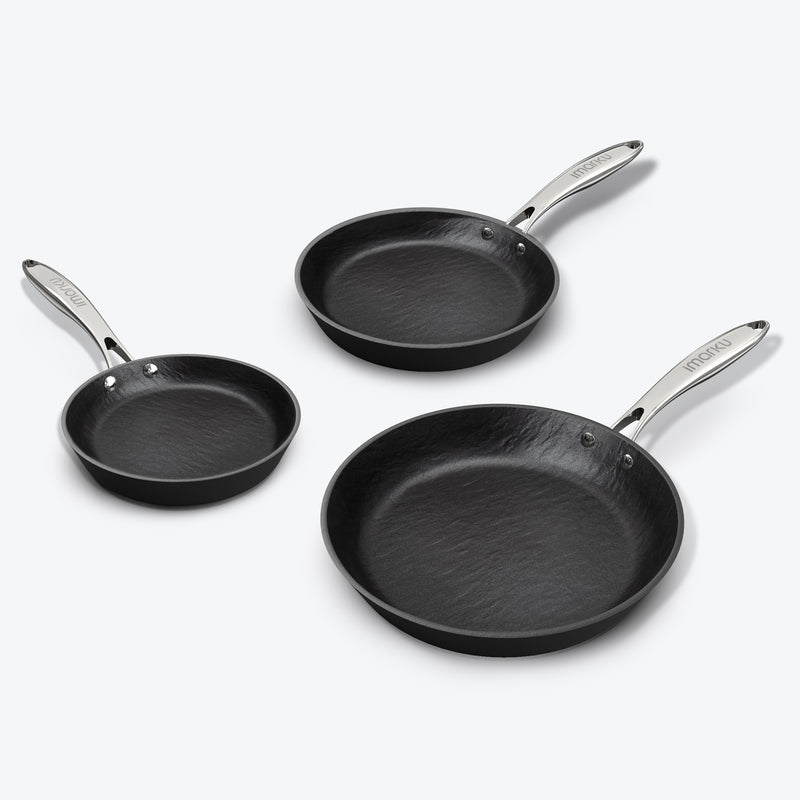
Final Words: A Smart Choice for Everyday Cooking
If you’ve been searching for a nonstick pan that’s safe, reliable, and built to last, this one checks all the boxes. With its PFAS-free, scratch-resistant surface, 3-ply aluminum core, and stone-pattern nonstick coating, it offers the kind of everyday performance that speaks for itself—without the usual issues that come with traditional aluminum cookware.
Whether you're whipping up weekday dinners or cooking for a crowd, this pan was designed to keep up—and stay looking new with minimal effort.
👉 Want to keep your nonstick pan performing like day one? Don’t miss our practical guide on how to clean a nonstick frying pan and make it look brand new. It’s full of simple tips to protect your pan’s coating and extend its life, so you can enjoy effortless cooking for years to come.
Ready to upgrade your kitchen with cookware that works as hard as you do?
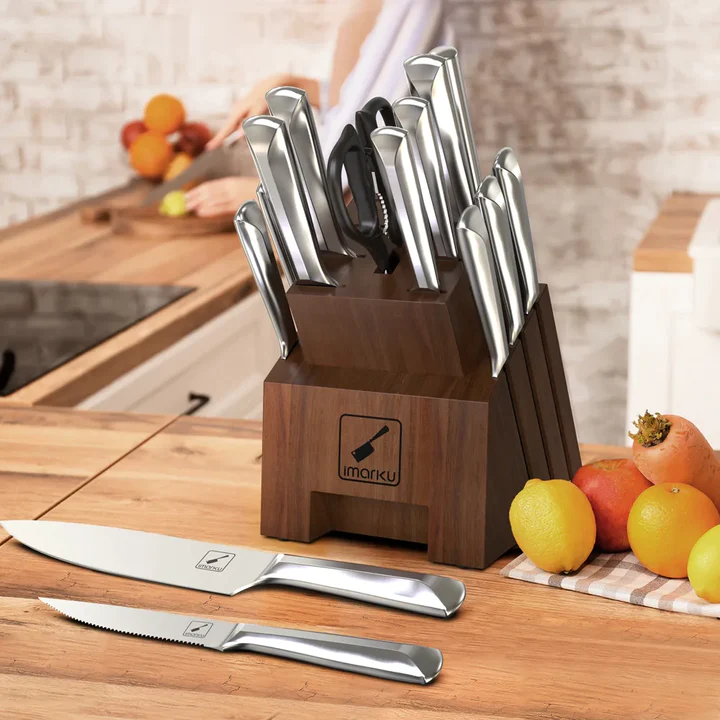
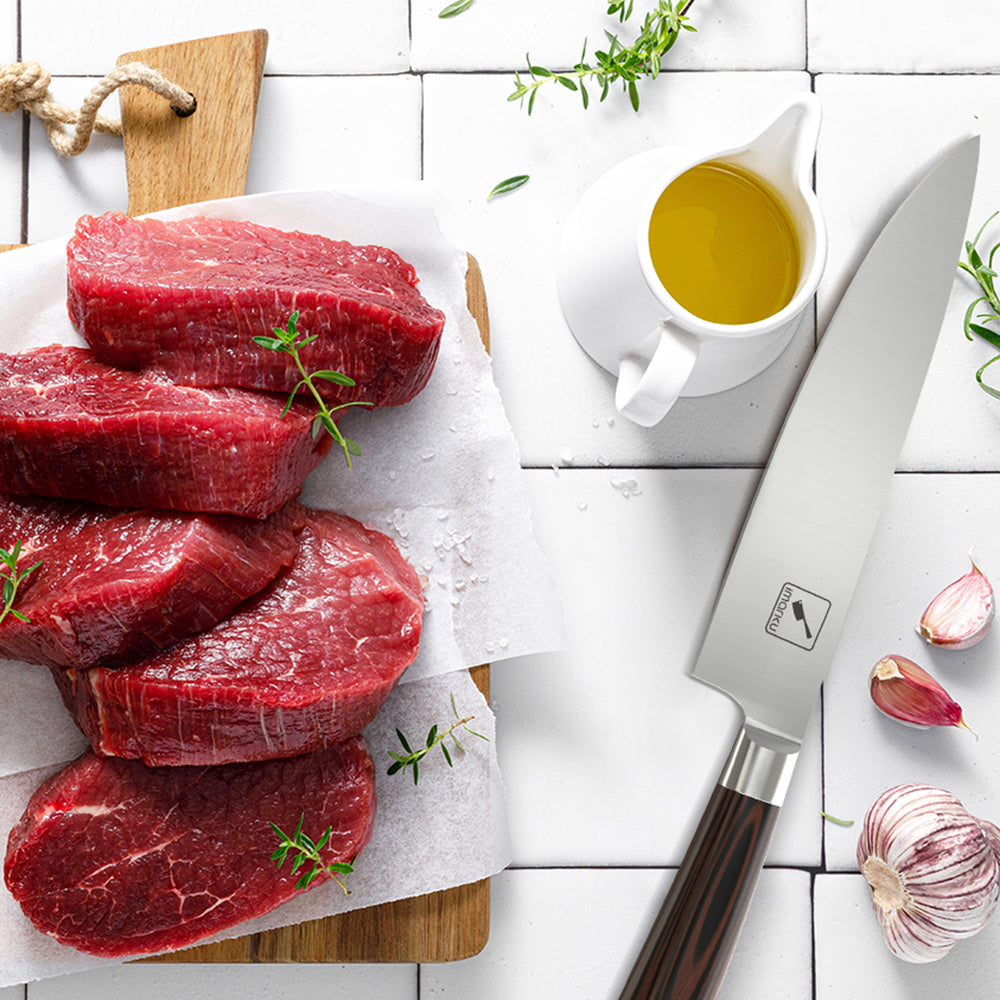







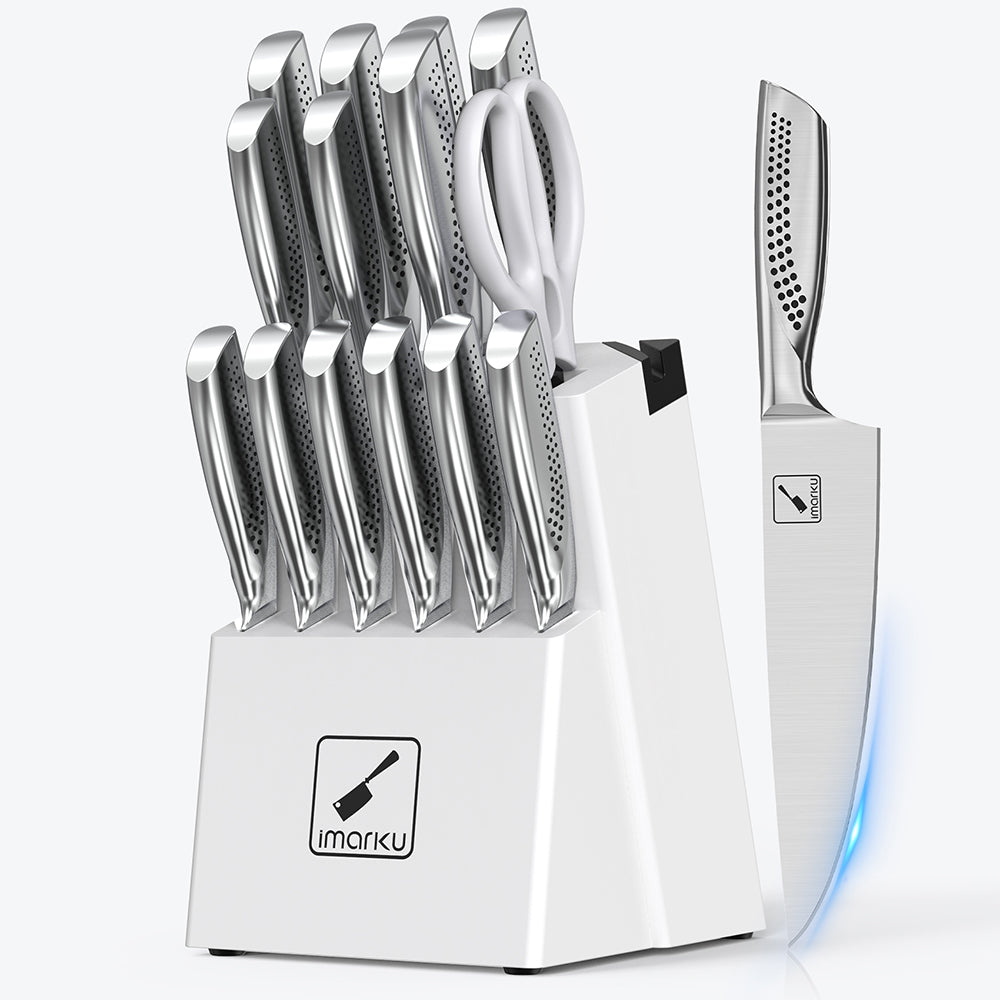
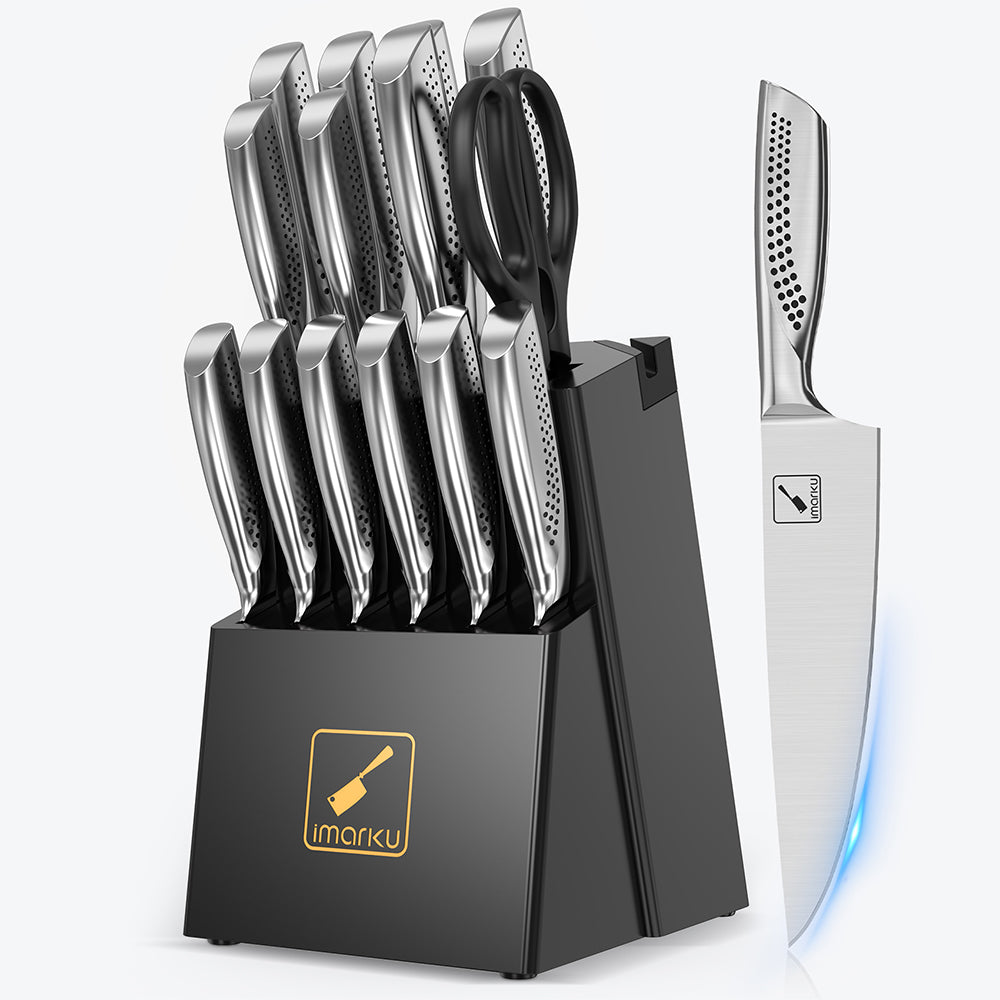

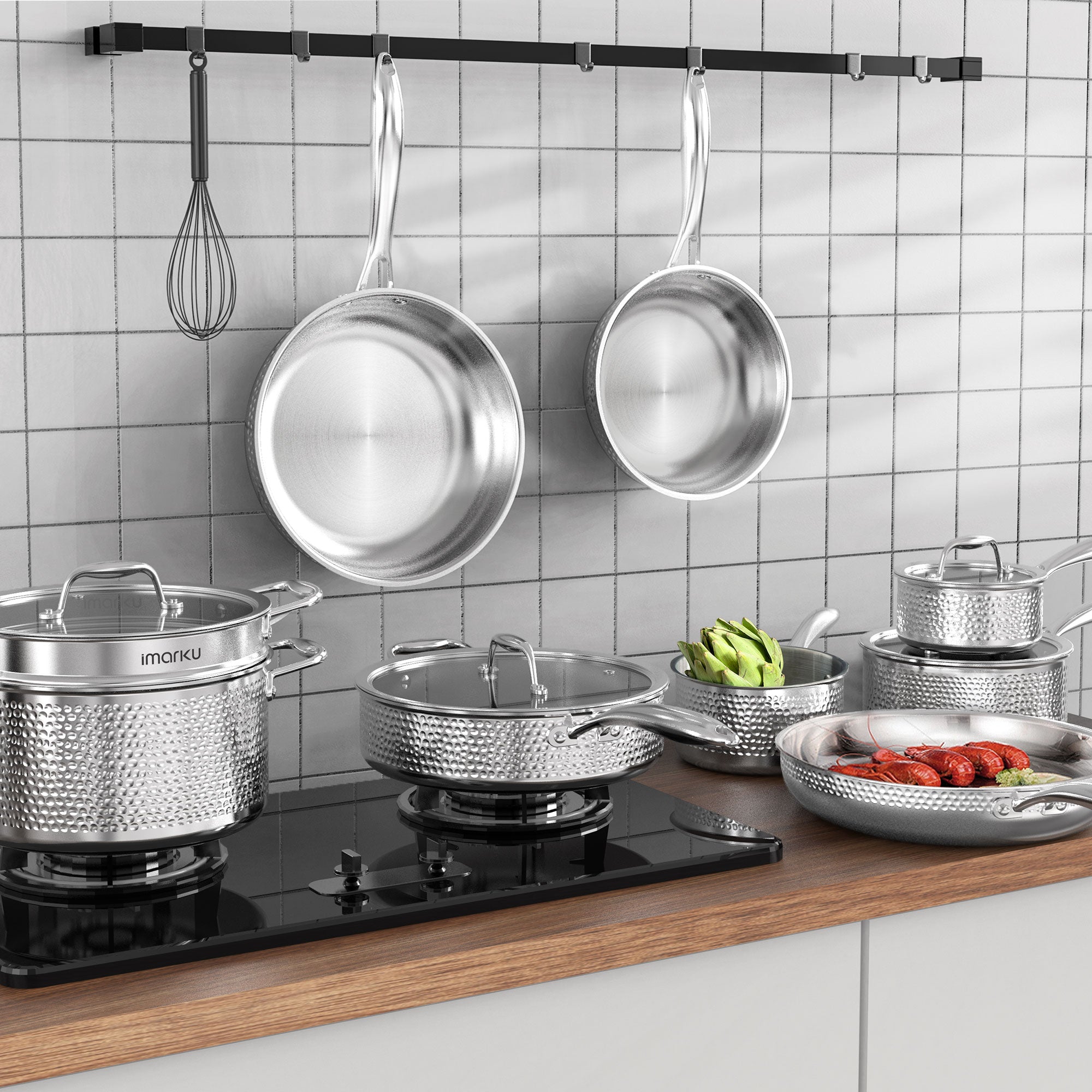
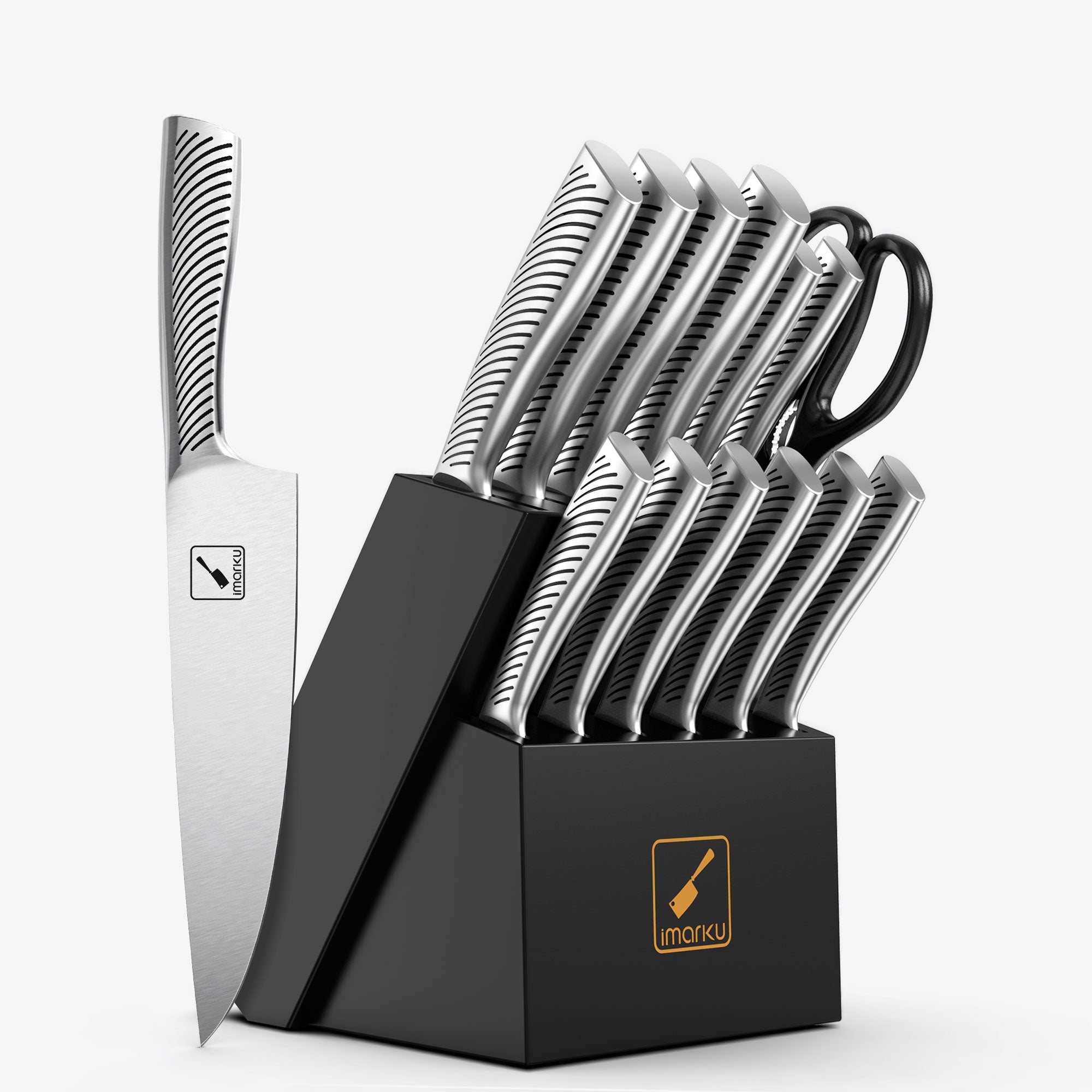
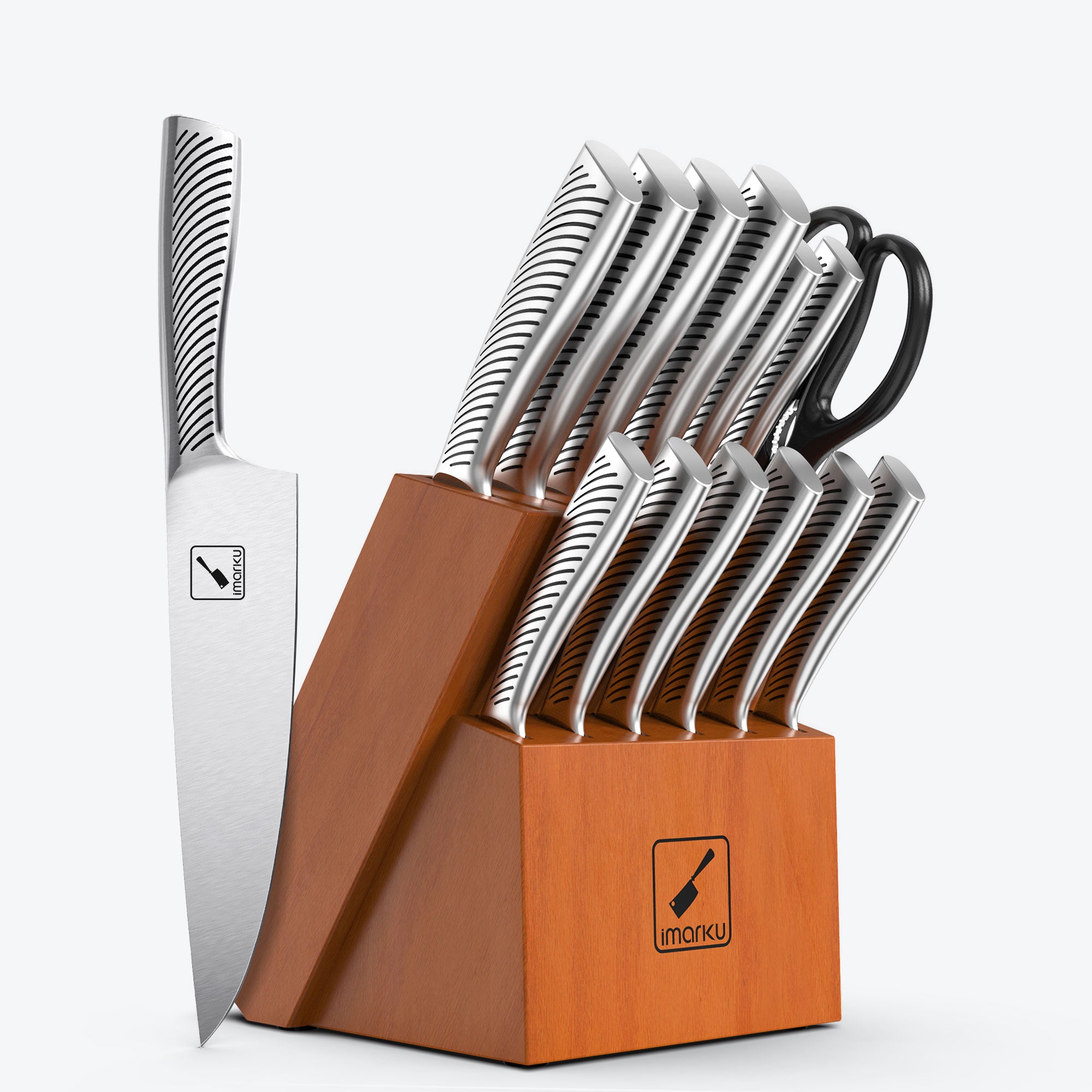
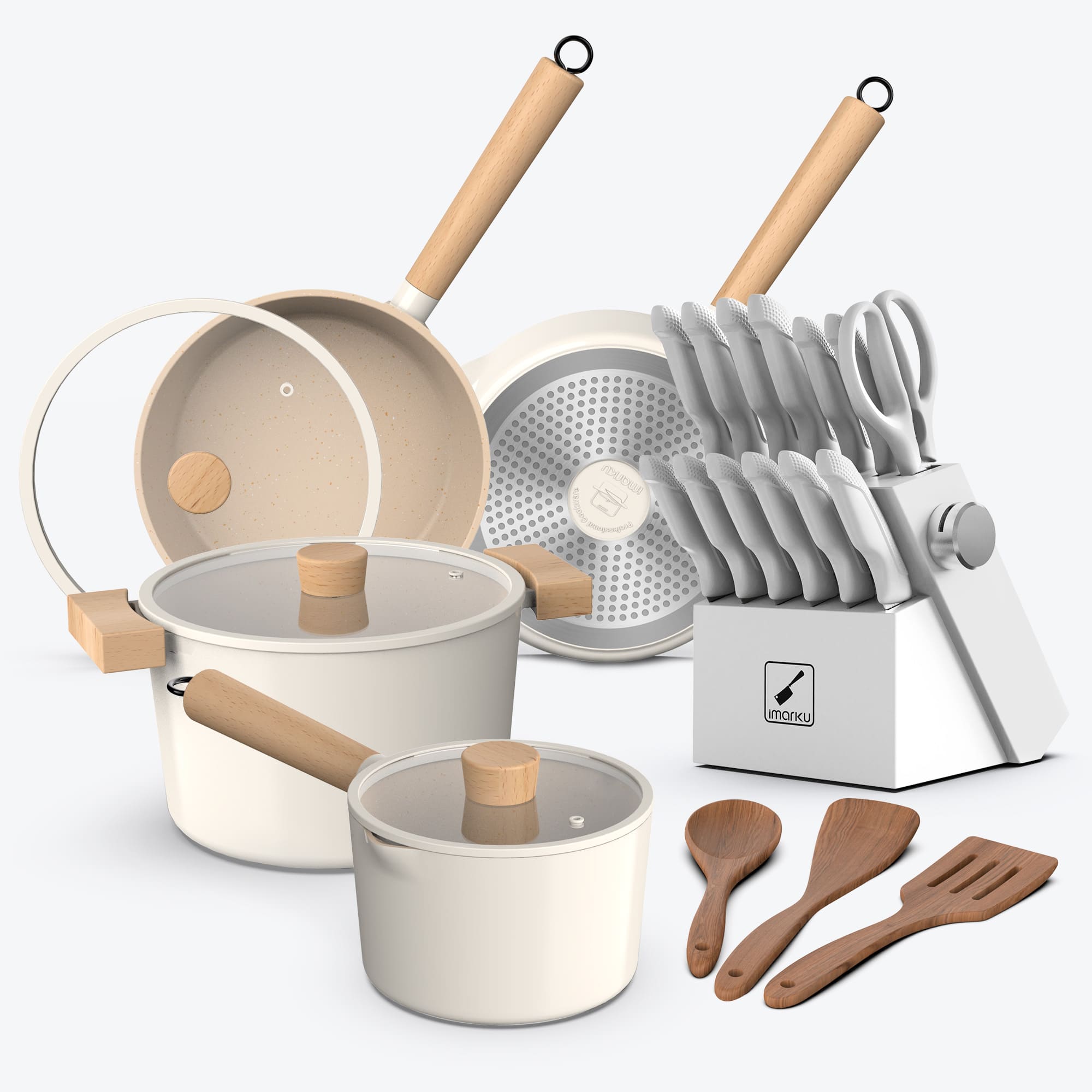
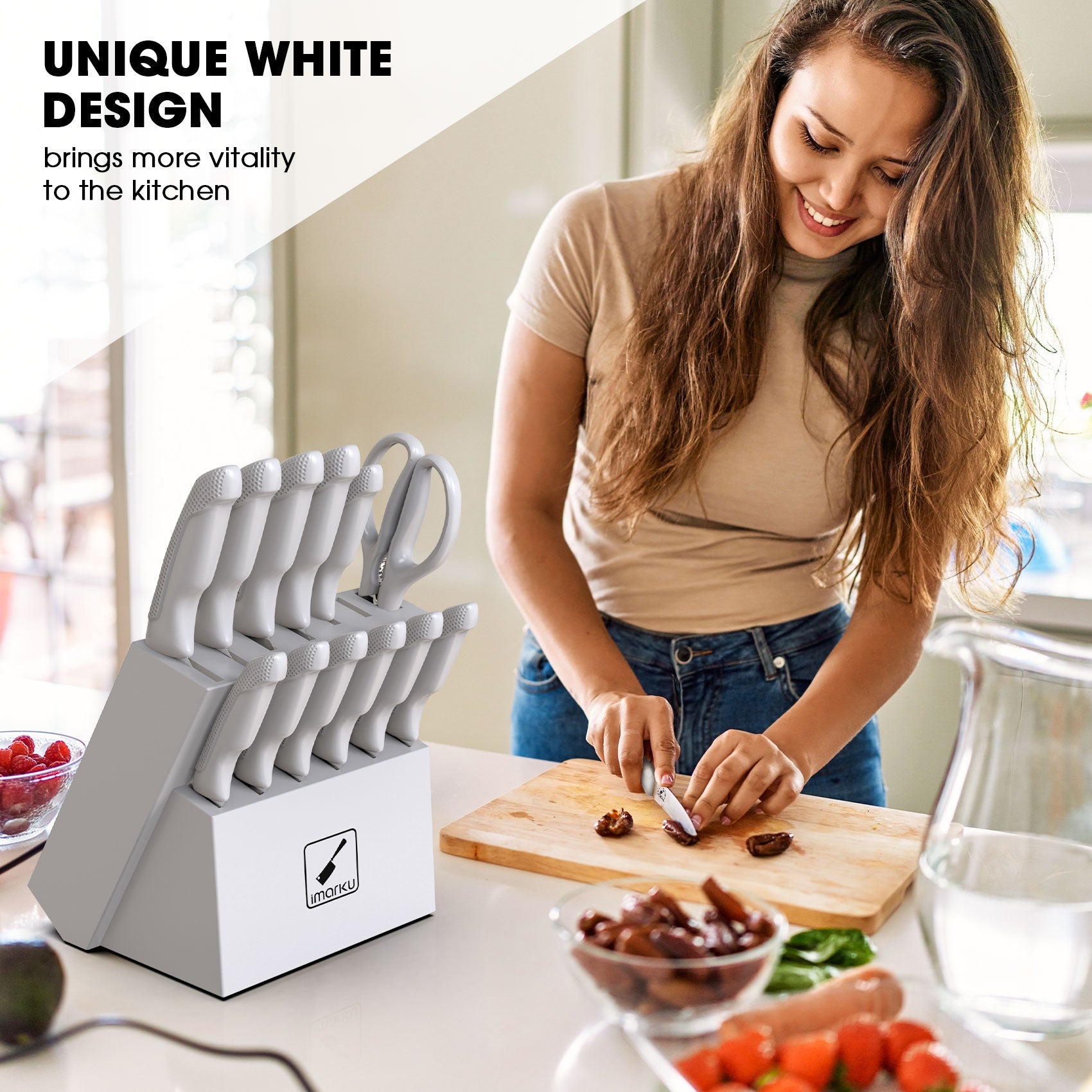
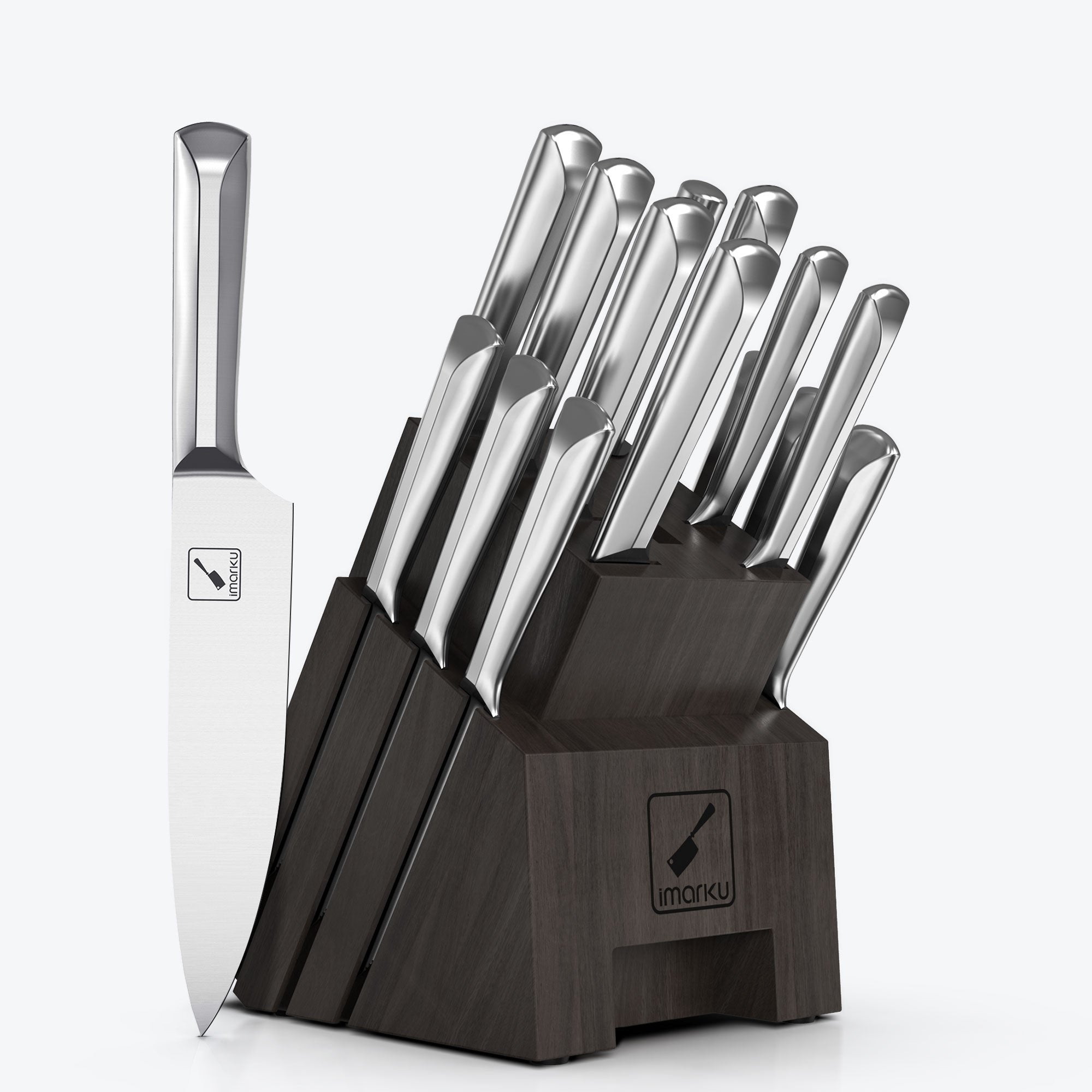
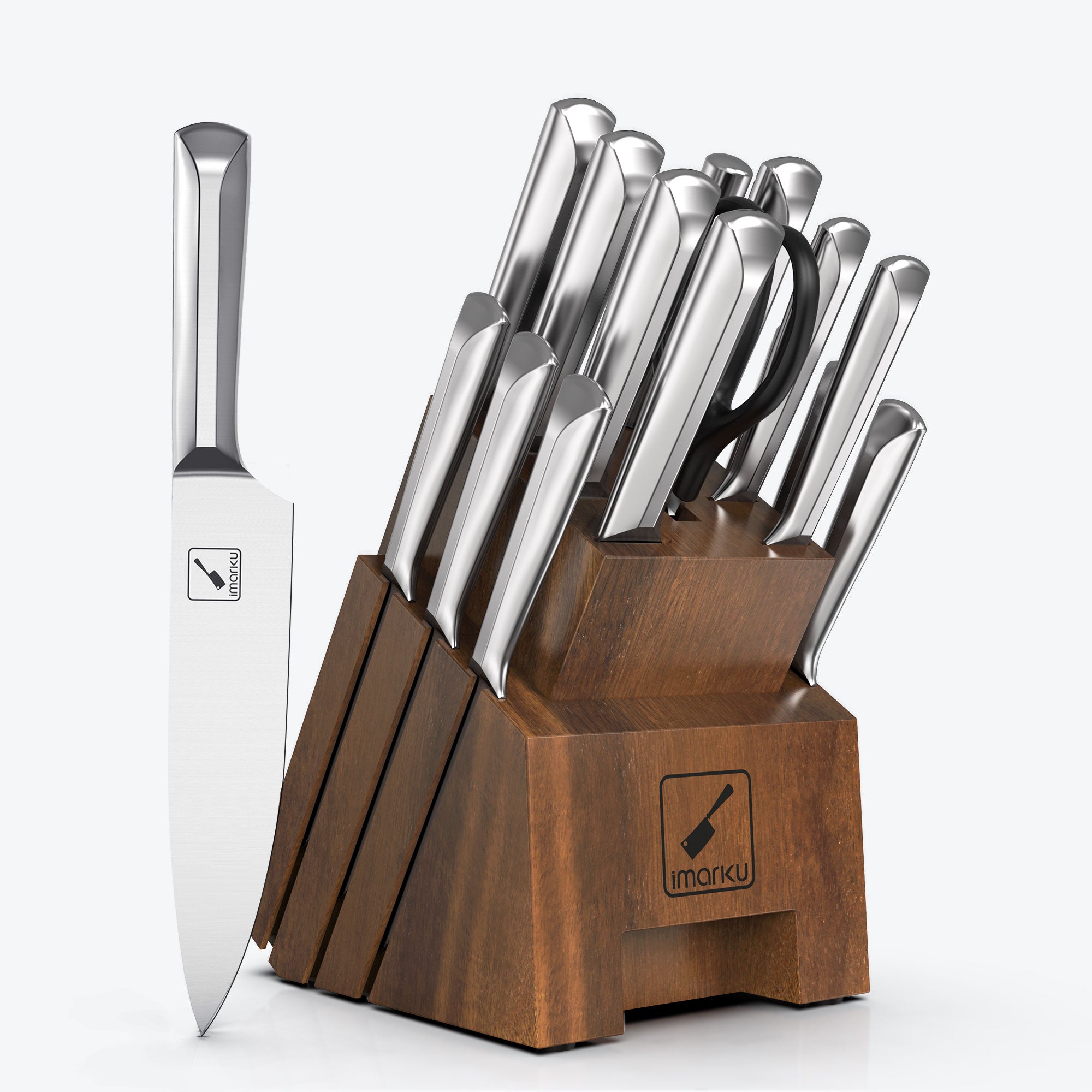
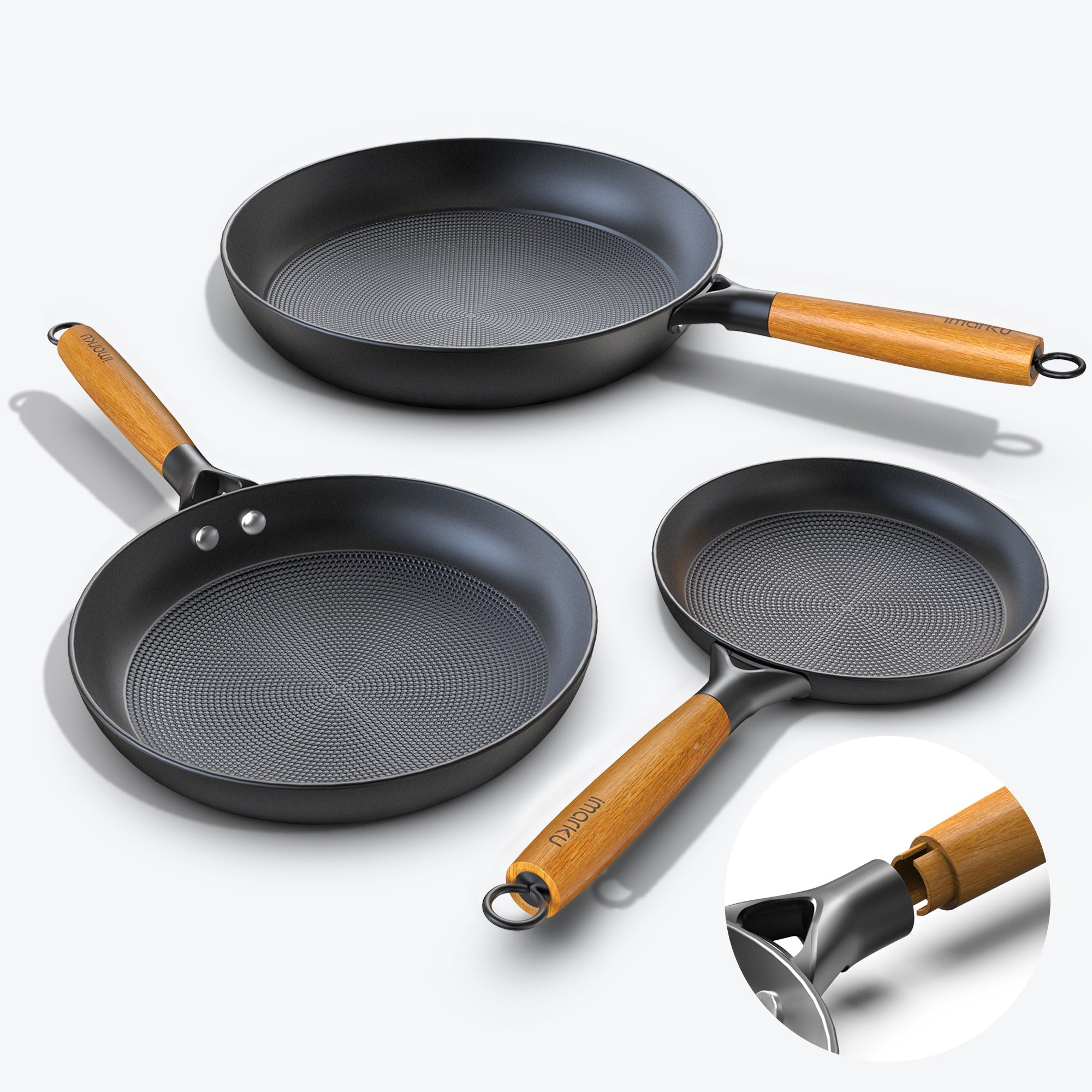
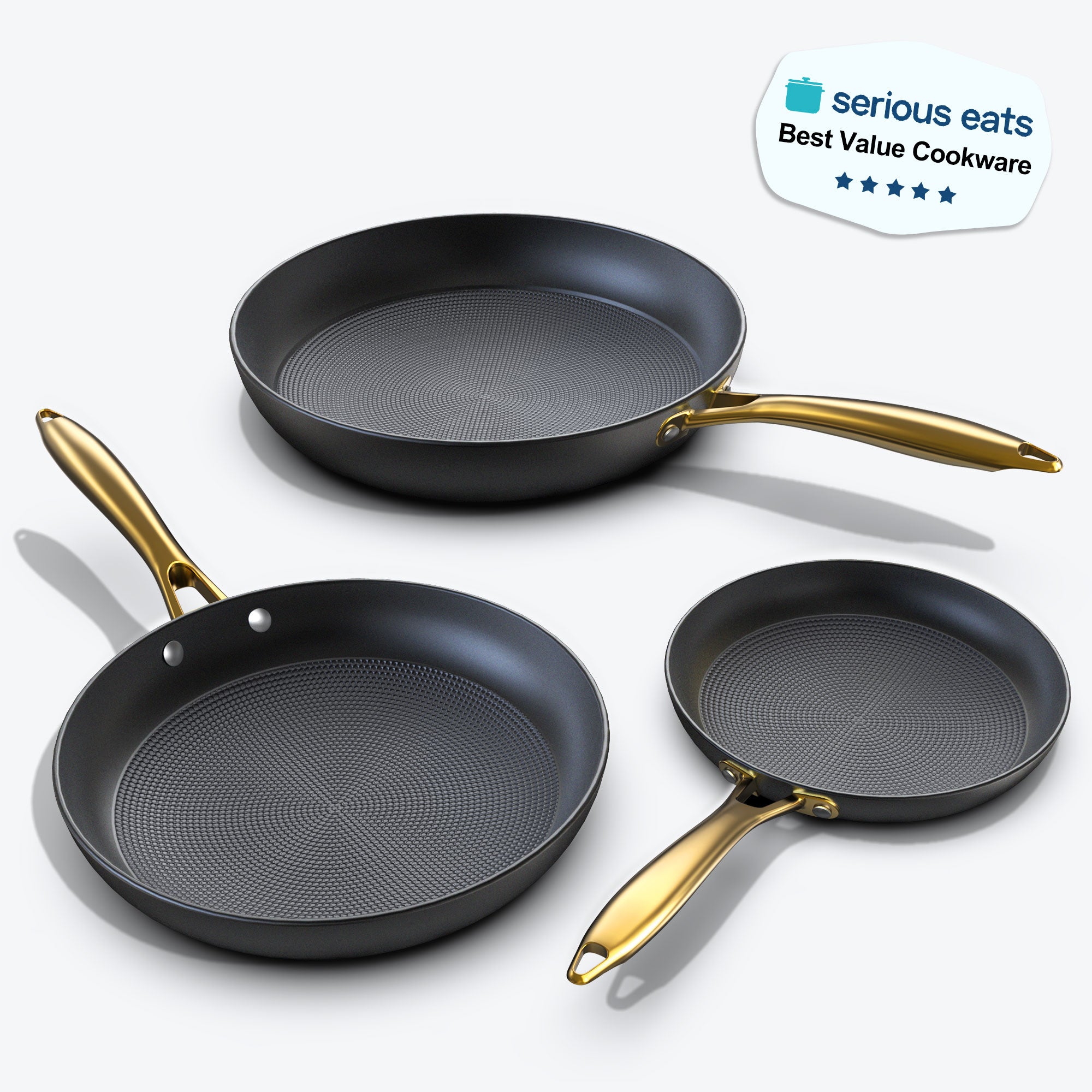
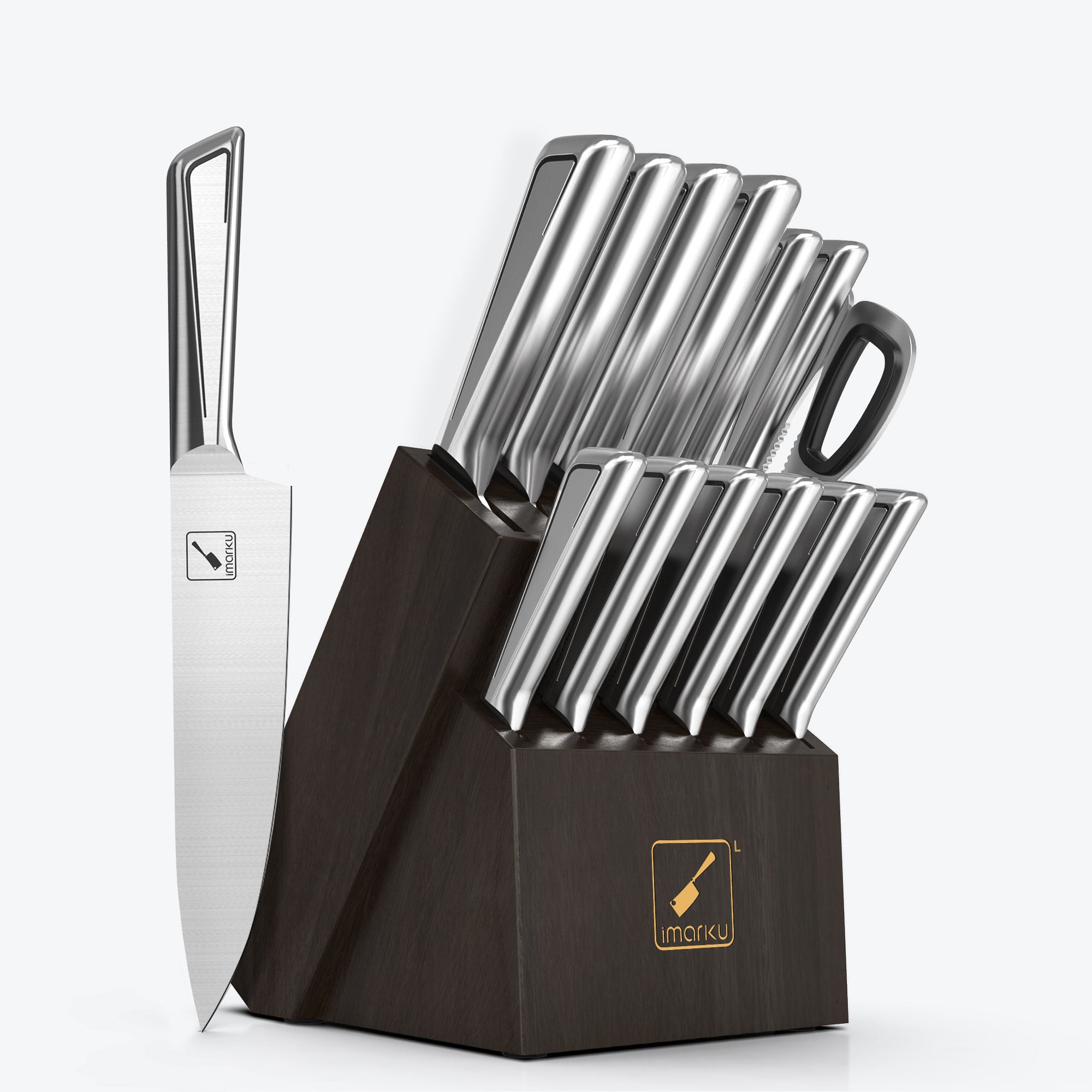
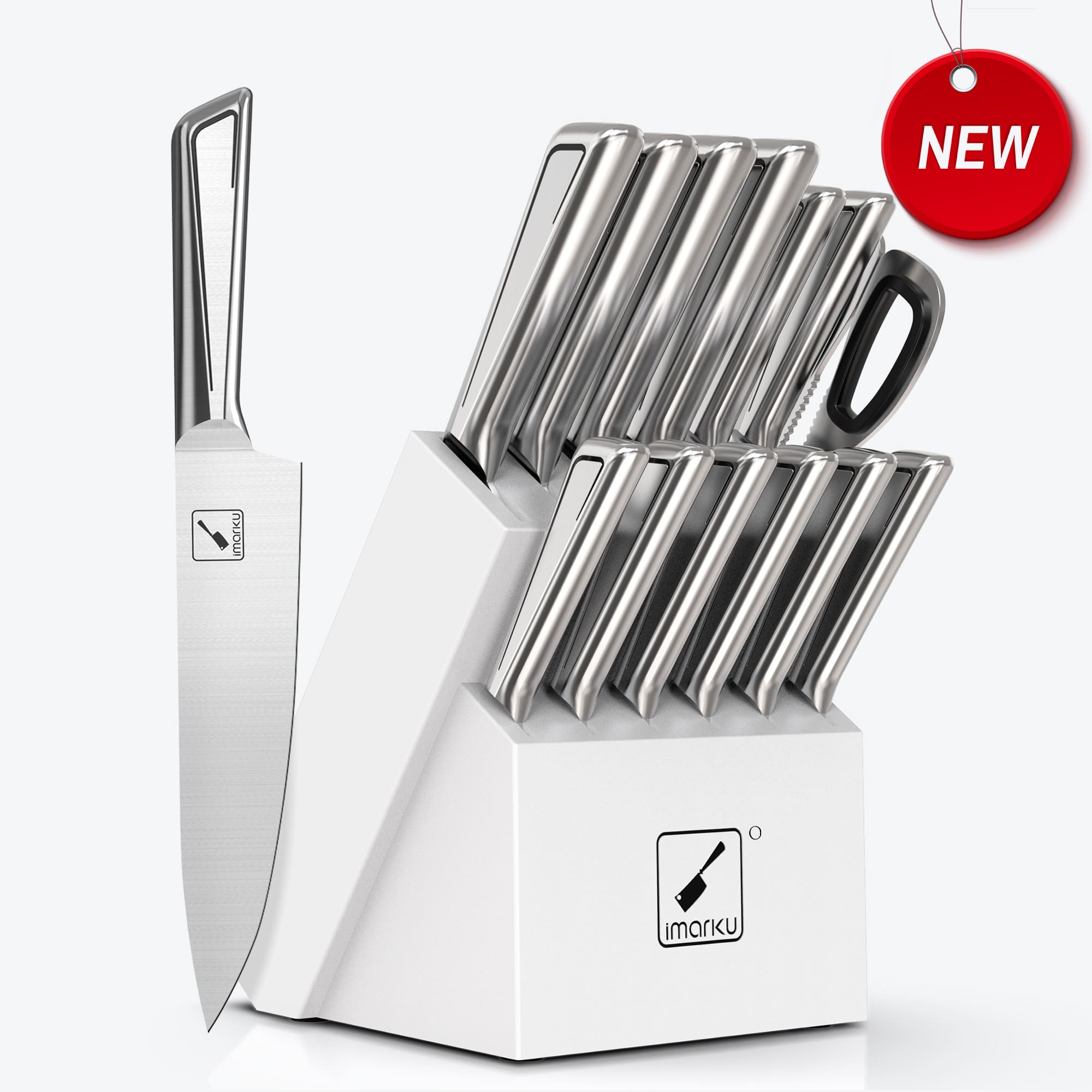
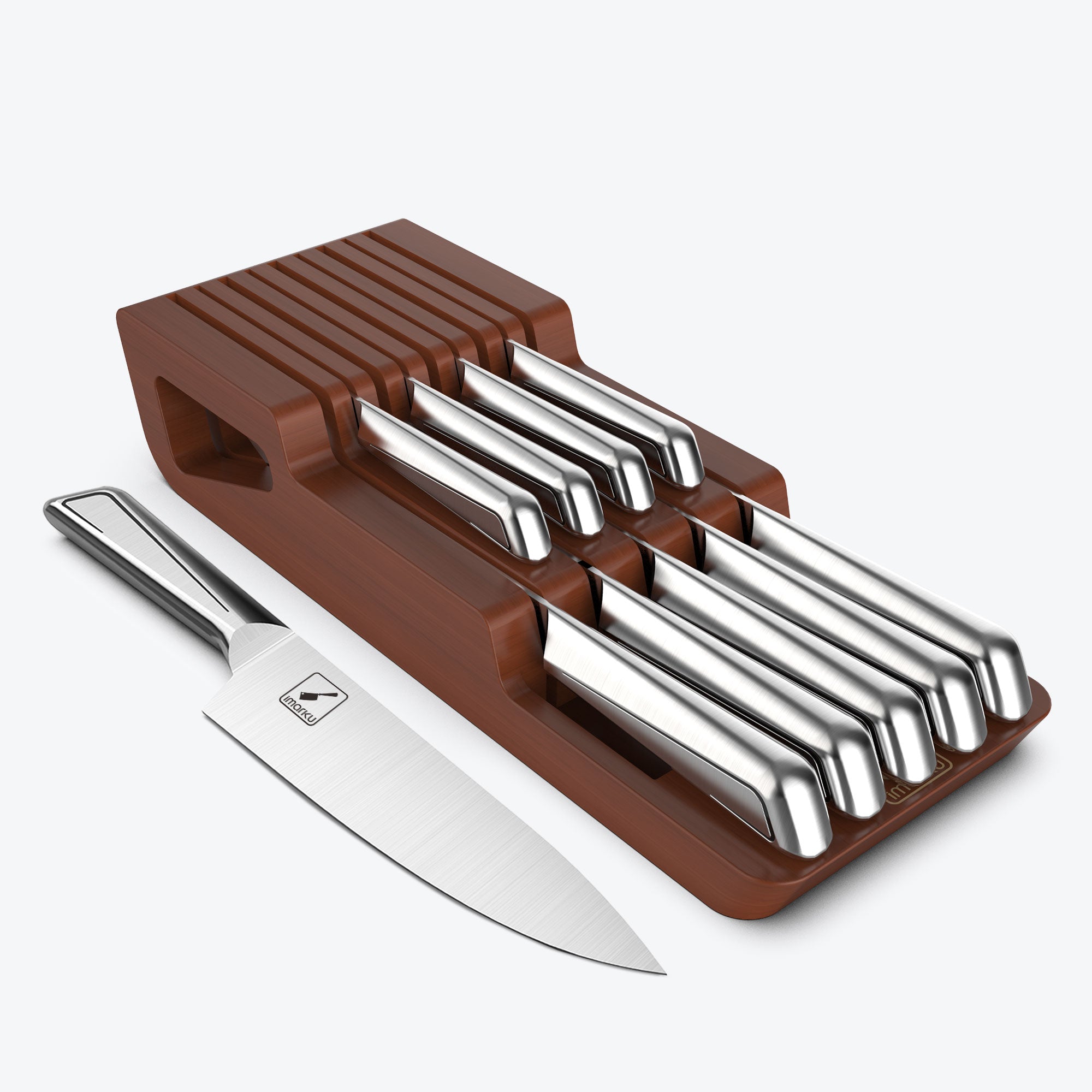
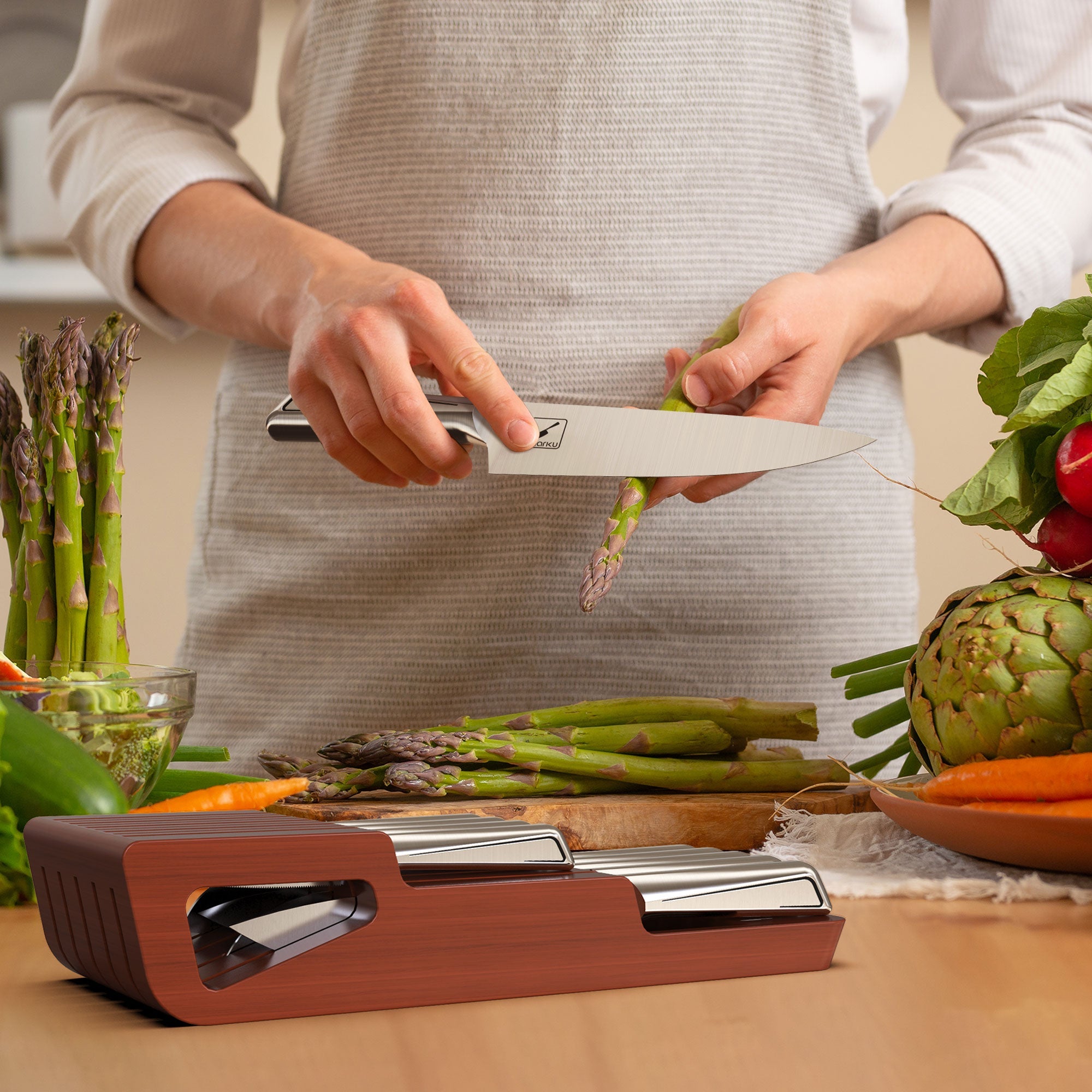
Leave a comment
All comments are moderated before being published.
This site is protected by hCaptcha and the hCaptcha Privacy Policy and Terms of Service apply.